Citations 342 U.S. 350 (more) | End date 1952 | |
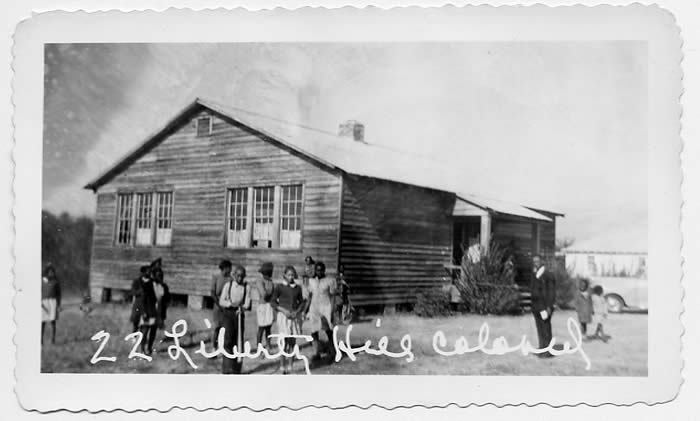 | ||
Full case name Harry Briggs, Jr. et al. v. R.W. Elliott, chairman, et al. Prior history June 23, 1951: Injunction to abolish segregation denied, injunction to equalize educational facilities granted (2–1), 98 F. Supp. 529 (E.D.S.C. 1951) Subsequent history March 13, 1952: Judgment reinstated (3–0), 103 F. Supp. 920 (E.D.S.C. 1952)May 17, 1954: Reversed and remanded (9–0), sub. nom. Brown v. Board of Education of Topeka, 347 U.S. 483 (1954)July 15, 1955: Decree entered, voiding South Carolina school segregation law as unconstitutional, and ordering schools integrated with all deliberate speed consistent with Brown (3-0), 132 F. Supp. 776 (E.D.S.C. 1955) Dissent Black, joined by Douglas Similar Davis v County School B, Gebhart v Belton, Bolling v Sharpe, Keys v Carolina Coach Co, Gomillion v Lightfoot | ||
Rev joseph delaine and the briggs v elliott case 1950
Briggs v. Elliott, 342 U.S. 350 (1952), on appeal from the U.S. District Court for the Eastern District of South Carolina, challenged school segregation in Summerton, South Carolina. It was the first of the five cases combined into Brown v. Board of Education (1954), the famous case in which the U.S. Supreme Court declared racial segregation in public schools to be unconstitutional, violating the Fourteenth Amendment's Equal Protection Clause. Following the Brown decision, the district court issued a decree striking down the school segregation law in South Carolina as unconstitutional, and requiring that state's schools to integrate.
Contents
- Rev joseph delaine and the briggs v elliott case 1950
- David belton closes session on briggs v elliott
- Background
- Proceedings
- Decision
- Outcomes
- References
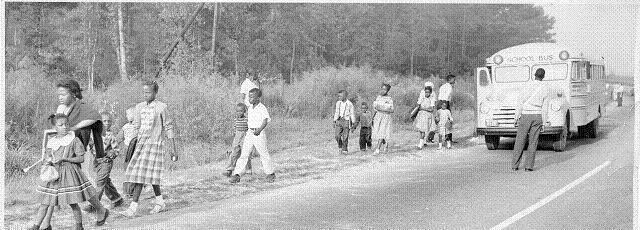
David belton closes session on briggs v elliott
Background

At the time Brown reached the U.S. Supreme Court, South Carolina was one of 17 states that required school segregation. South Carolina law required incomplete segregation. Article 11, Section 7 of the 1895 Constitution of South Carolina read as follows: "Separate schools shall be provided for children of the white and colored races, and no child of either race shall ever be permitted to attend a school provided for children of the other race." Section 5377 of the Code of Laws of South Carolina of 1942 read: "It shall be unlawful for pupils of one race to attend the schools provided by boards of trustees for persons of another race."
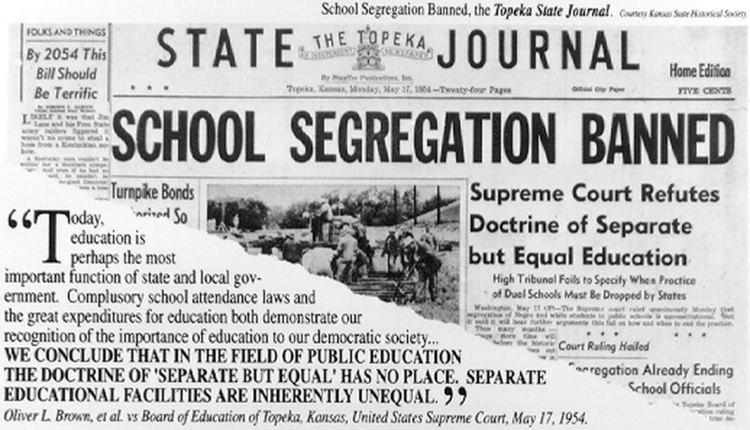
No one questioned that the Clarendon County schools were unequal. At the beginning of the hearings in U.S. District Court, the defendants admitted upon the record that "the educational facilities, equipment, curricula and opportunities afforded in School District No. 22 for colored pupils are not substantially equal to those afforded for white pupils."
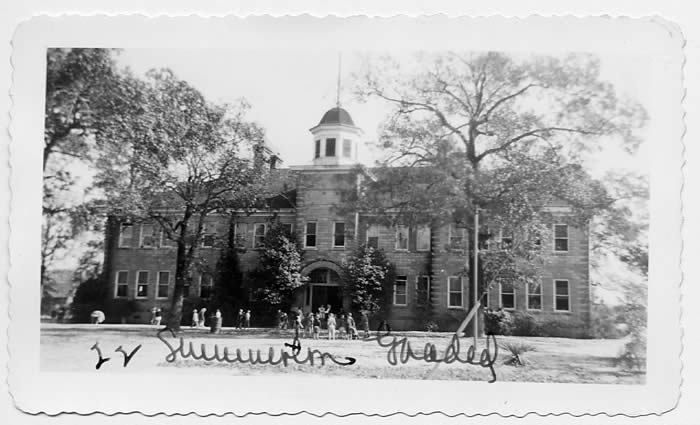
The case began in 1947 as a request to provide bus transportation. In addition to having separate and very inferior facilities, black children had to walk to school, sometimes many miles. In the neighboring Jordan community, some children walked as many as 18 miles round-trip to school each day, and children had to frequently gather wood for heaters within schools. Knowing this, Summerton residents Harry and Eliza Briggs joined with 21 other families to find a school bus suitable for their children, but frequent maintenance led them to ask the local school superintendent, R.M. Elliott, for their own bus. Surmising that the white children rode buses—the white schools in Clarendon County used 33 buses at the time for white students—the Briggs family and many others contended black students could have at least one. Elliott refused, saying black citizens did not pay enough taxes to warrant a bus and that asking white taxpayers to fund that burden would be unfair.
In 1949 the NAACP agreed to provide funding and sponsor a case that would go beyond transportation and ask for equal educational opportunities in Clarendon County. The first step was to craft a local petition for educational equality. This was done by Rev. Joseph Armstrong De Laine and Modjeska Monteith Simkins, the noted South Carolina civil rights worker. Simkins organized a national charitable effort for the relief of the oppressed blacks of Clarendon County. Eventually, more than 100 Clarendon residents signed the petition.
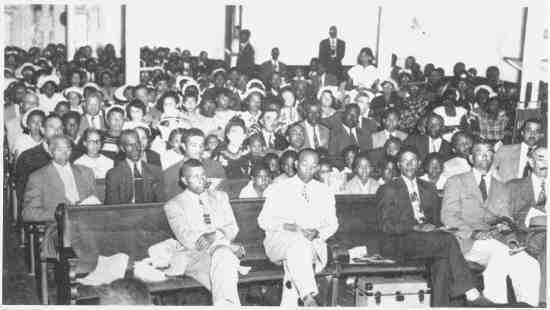
Named first in the suit, Harry Briggs, a service station attendant, and Eliza Briggs, a maid, became the main named plaintiffs. Elliott was named the defendant.
Proceedings
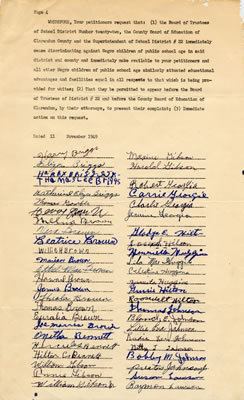
The case would ordinarily have come up before Judge Julius Waring of the U.S. District Court for the Eastern District of South Carolina. However, Judge Waring recommended to Thurgood Marshall that the case be expanded from an equalization case into a desegregation case. Instead of asking for enforcement of the separate but equal doctrine by bringing the black schools up to equality with the white schools, the plaintiffs asked for school segregation to be declared unconstitutional.
By expanding the case, Waring and Marshall both expected the plaintiffs to lose the case 2-1 and for the case to end up in the Supreme Court. As predicted, a three-judge panel found segregation lawful by a vote of 2-1, with Judge Waring writing a dissent in which he stated that "segregation is per se inequality." The panel also granted an injunction to equalize the uncontested inferiority of the schools used by African American students.
Originally litigated by NAACP lawyer Robert L. Carter, the Briggs case was notable for introducing into evidence the experiments of Kenneth and Mamie Clark, who used dolls to study children's attitudes about race. Under tests performed by Clark, black students in segregated schools were shown a white doll and a black doll and asked which one they preferred. When a majority of black students indicated their preference for the white doll, Clark concluded that segregated schooling decreased black self-esteem.
Decision
In 1952 the Supreme Court heard the case and returned it to the district court for rehearing after Clarendon County school officials sent a report on progress in making facilities equal. In March the district court again heard the case. The Court found that progress had been made towards equality. Thurgood Marshall argued that this may be true, but that the real issue was that as long as separation existed, the schools would be unequal. So the case was appealed back up to the Supreme Court in May. The case was then consolidated with several other school desegregation cases into Brown v. Board of Education.
Briggs was the first of the five Brown cases to be argued before the Supreme Court. Spottswood Robinson and Thurgood Marshall argued the case for the plaintiffs, while former Solicitor General and Presidential candidate John W. Davis led the argument for the defense.
Following the Brown decision, the lower court complied with the mandate issued by the Supreme Court and declared the South Carolina school segregation law to be unconstitutional.
Outcomes
Although Brown resulted in a legal victory for the NAACP, it was a hollow victory for those associated with Briggs. Reverend Joseph De Laine, the generally acknowledged leader of Summerton's African-Americans at the time, was fired from his post at a local school in Silver. His wife Mattie was also fired from her position at Scott's Branch, as were all the other signers. De Laine's church was also burned and he moved to New York City in 1955 after surviving an attempted drive-by shooting. Harry and Eliza Briggs, on behalf of whose children the suit was filed, both lost their jobs. Harry spent more than a decade working in Florida to support the family. Eliza eventually joined her children in New York.
Judge Waring had already been shunned by the white community in Charleston and subjected to attacks for previous decisions favorable to equal rights. After his dissent in the three-judge panel, he retired in 1952 and moved to New York.
Eventually, the State of South Carolina awarded Eliza Briggs its highest civilian honor, the Order of the Palmetto. Reverend Joseph A. De Laine, Harry and Eliza Briggs, and Levi Pearson were awarded Congressional Gold Medals posthumously in 2003.
